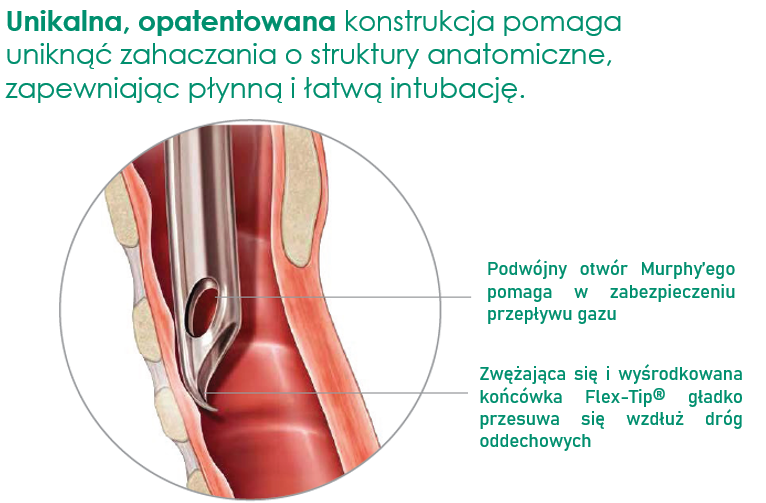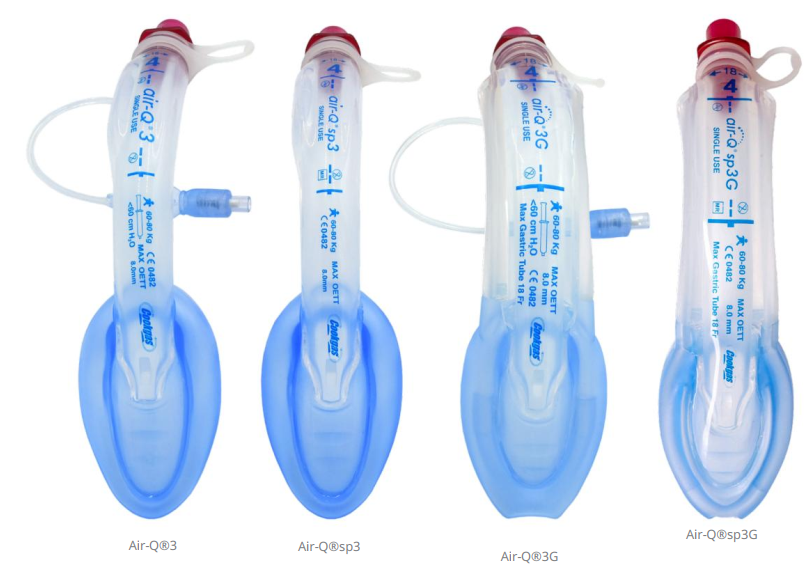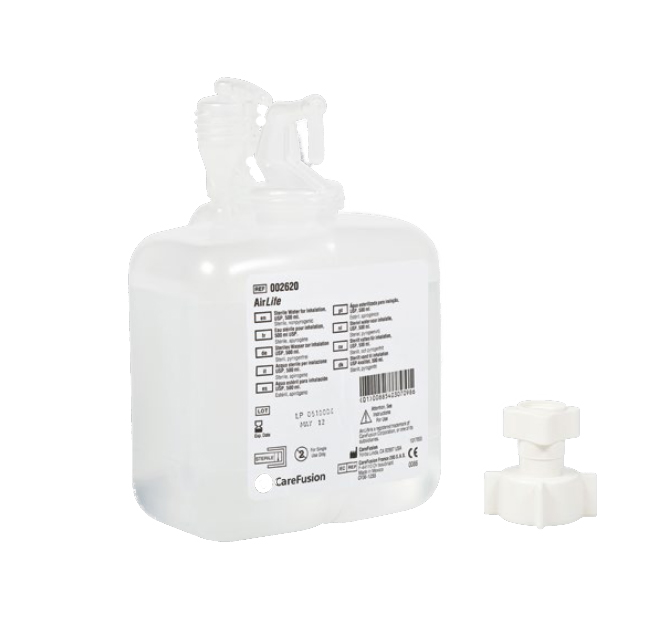The Flex-Tip tube series facilitates smooth tube insertion during intubation while simultaneously reducing the risk of trauma to anatomical structures.

Available scientific literature demonstrates that the use of Flex-Tip tubes results in significantly less bleeding and tissue trauma during nasal intubation compared to standard tubes 1.
On the other hand, endotracheal tubes with subglottic suctioning have been shown in the literature to reduce the risk of VAP (ventilator-associated pneumonia) by up to 50%2,3,4,5, aligning with the facility’s strategy for preventing VAP.
The available suction endotracheal tubes come in two versions – with a standard PVC cuff and with an ultra-thin polyurethane cuff. The average thickness of the polyurethane cuff is only 10 microns, compared to 50–60 microns for PVC cuffs. This allows for the use of lower cuff inflation pressure, resulting in a reduced risk of tracheal injury6. Additionally, the structure of the polyurethane minimizes the occurrence of folds in the cuff, thereby reducing the risk of secretions leaking past the cuff.
[1] Prior S, Heaton J, Jatana KR, Rashid RG. Parker flex-tip and standard-tip endotracheal tubes: a comparison during nasotracheal intubation. Anesth Prog. 2010;57(1):18–24. doi:10.2344/0003–3006-57.1.18
[2] Dezfulian C, Shojania K, Collard HR et al (2005) Subglottic secretion drainage for preventing ventilator-associated pneumonia: a meta-analysis. Am J Med 118:11–18
[3] Lacherade JC, De Jonghe B, Guezennec P et al (2010) Intermittent subglottic secretion drainageand ventilator-associated pneumonia: a multicenter trial. Am J Respir Crit Care Med 182:910–917
[4] Muscedere J, Rewa O, McKechnie K et al (2011) Subglottic secretion drainage for the prevention of ventilator-associated pneumonia: a systematic review and meta-analysis. Crit Care Med 39:1985–1991
[5] Wang F, Bo L, Tang L et al (2012) Subglottic secretion drainage for preventing ventilator-associated pneumonia: an updated meta-analysis of randomized controlled trials. J Trauma Acute Care Surg 72:1276–1285
[6] Dullenkopf A, Schmitz A, Frei M, Gerber AC, Weiss M. Air leakage around endotracheal tube cuffs. Eur J Anaesthesiol. 2004;21(6):448–453. doi:10.1017/s0265021504006064
 Polski
Polski


